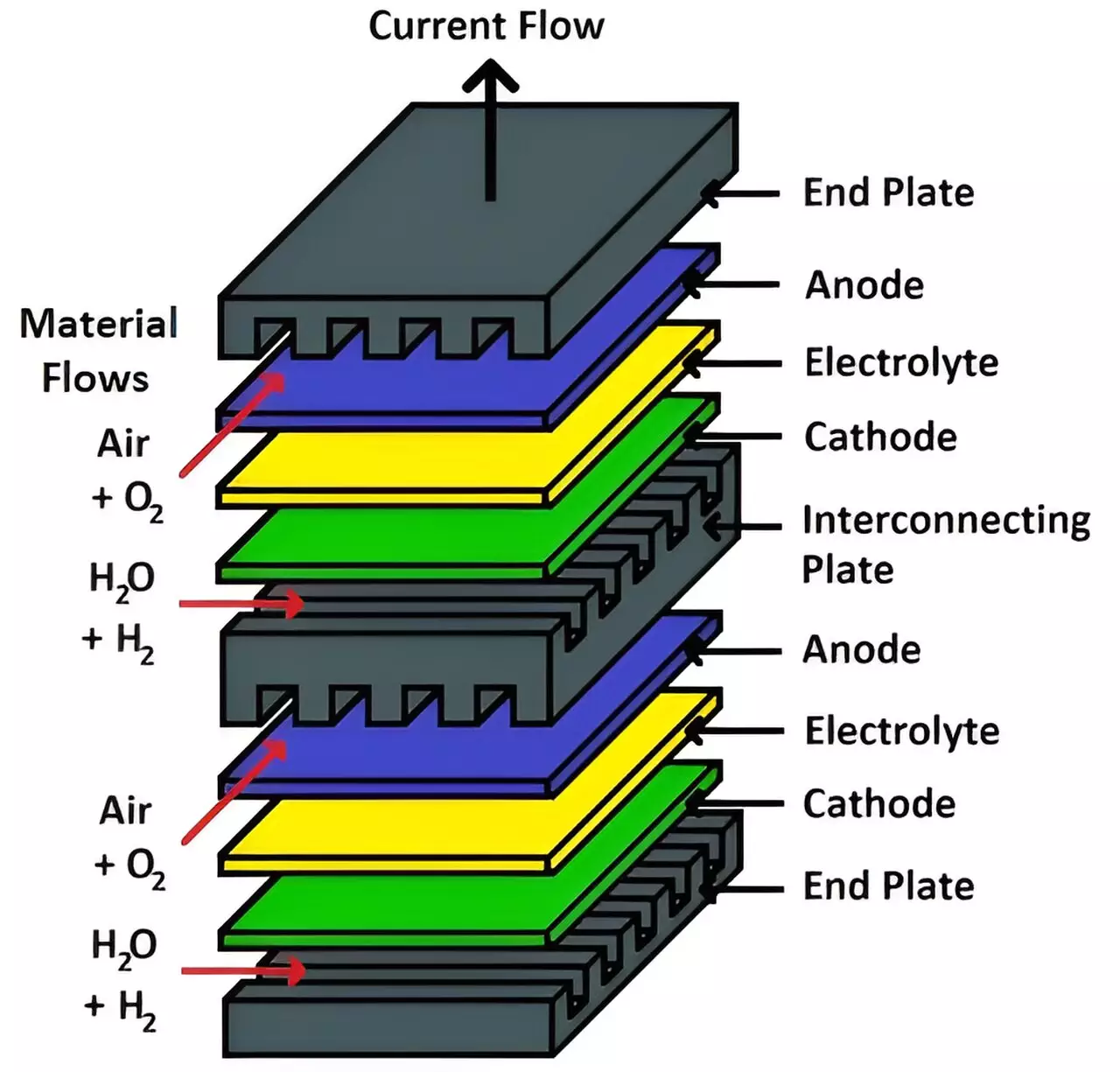The energy infrastructure of tomorrow is poised to undergo significant changes that could redefine our reliance on traditional energy sources. As the global focus shifts toward sustainable practices, innovative solutions such as hydrogen production using nuclear energy are gaining attention. A recent study from the National Nuclear Laboratory indicates that integrating nuclear power with hydrogen-production technologies may not only be feasible but could also offer economic advantages. This exploration into the synergies between nuclear energy and hydrogen production could support ambitious climate goals, particularly the UK’s pledge to achieve net-zero emissions by 2050.
The research, featured in the journal *New Energy Exploitation and Application*, delves into the techno-economic viability of hydrogen production methods powered by nuclear systems. Lead researcher Mark Bankhead emphasizes the transformative potential of hydrogen, which he identifies as pivotal for transitioning to lower carbon alternatives in energy consumption. The research team developed a sophisticated mathematical model that allows for the comprehensive analysis of various hydrogen production technologies when paired with nuclear energy, marking an important step in optimizing efficiency and cost-effectiveness.
The model operates in two main stages: first, it examines the physical and chemical processes involved in different hydrogen production methods and quantifies their efficiency. This is achieved through the assessment of hydrogen output in relation to energy input, thereby establishing a clear metric that can be used for comparison. The second stage involves an economic analysis where the costs associated with building and operating hydrogen production facilities are intertwined with energy supply expenses. This integrated approach provides nuanced insights into the potential market costs of hydrogen, which can guide future investments and technological development.
A significant finding from the study is the comparative cost of hydrogen production through various methodologies. The data suggests that high-temperature steam electrolysis could yield hydrogen at more favorable rates, estimated between £1.24 and £2.14 per kilogram when coupled with a High Temperature Gas-cooled Reactor (HTGR). In contrast, thermochemical cycles present a wider cost range, from £0.89 to £2.88 per kilogram. This variance points to the maturity of steam electrolysis as a technology, which is further along in development compared to its thermochemical counterparts, highlighting an immediate opportunity for deployment in the near term.
As the energy market evolves, understanding these interrelations becomes critical. With evidence suggesting that nuclear energy can offer competitive pricing against other low-carbon energy technologies, the landscape for hydrogen production looks promising. This model stands as a foundational tool, allowing researchers and industry professionals to evaluate the most effective strategies for coupling nuclear power with hydrogen production.
The study underscores the importance of continuous data collection and modeling to predict future efficiencies in hydrogen production technologies. Christopher Connolly elaborates on the complexities of modeling processes like high-temperature steam electrolysis, where the nuances of material interactions play a crucial role. The technological landscape in this field is rapidly shifting, necessitating adaptable and robust models that can account for ongoing improvements in material sciences and production techniques.
Interestingly, the coupling of nuclear power with hydrogen production is not limited to cost concerns; it also centers on operational reliability. Nuclear energy carries the unique advantage of being a stable, non-intermittent power source, which can significantly mitigate the challenges associated with hydrogen storage and distribution. The proposed high-temperature gas reactors, which are slated for demonstration in the UK by the 2030s, could serve as a linchpin in achieving reliable hydrogen production systems.
The findings from the National Nuclear Laboratory present a viable pathway toward a more sustainable energy economy, emphasizing the crucial role of hydrogen as a versatile energy carrier. As this research unfolds, the collaboration between nuclear technology and hydrogen production not only contributes to reducing carbon emissions but also fortifies the UK’s position in the global energy market.
The promise of advanced hydrogen production through nuclear systems offers hope for innovative energy solutions. As energy infrastructure continues to evolve, embracing such transformative technologies will be critical in our quest to meet climate goals and secure a sustainable future. The journey toward an efficient and economically viable hydrogen economy is underway, and with strategic investment and research, the potential for a greener energy landscape could become a reality sooner than anticipated.

